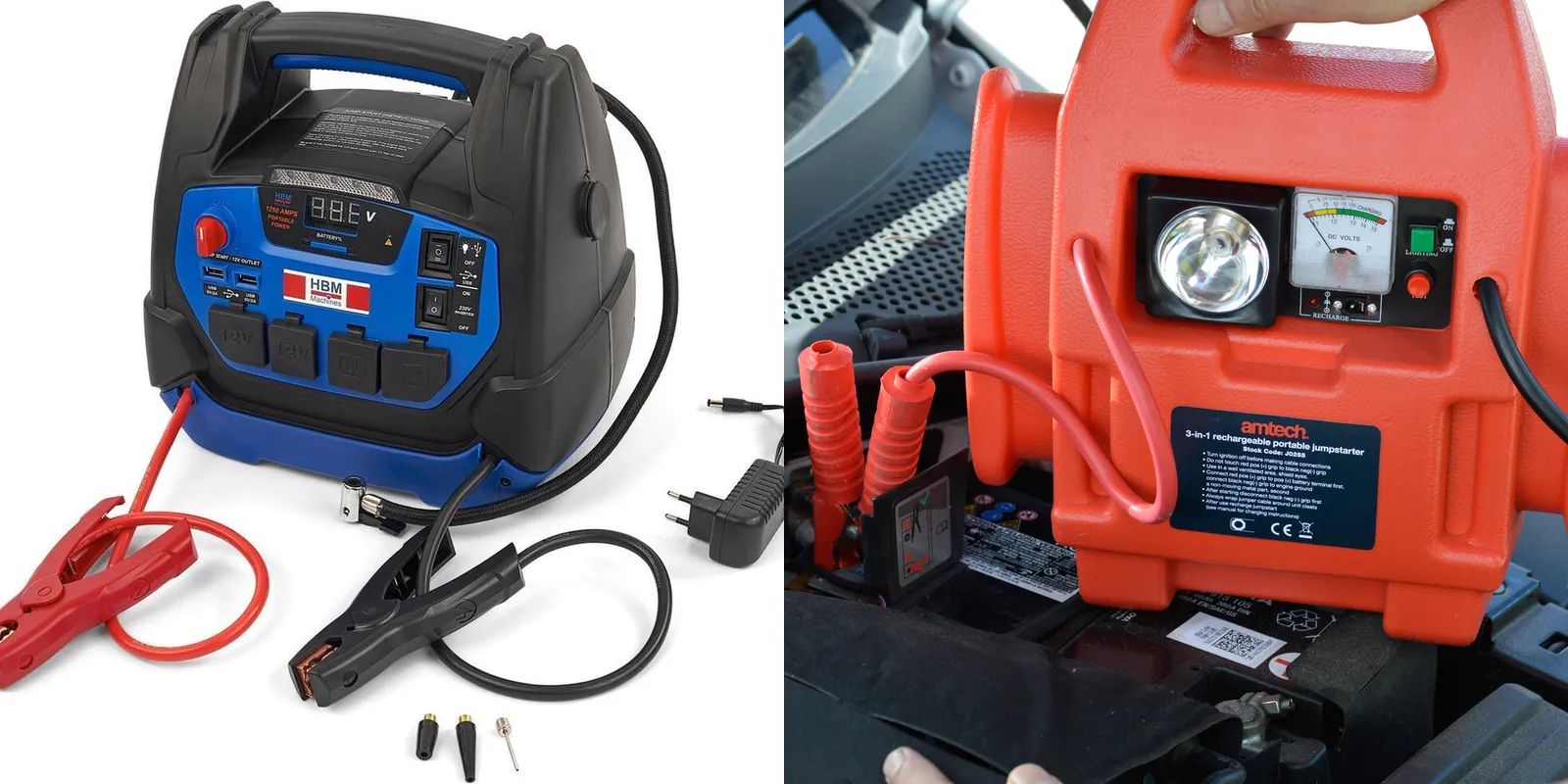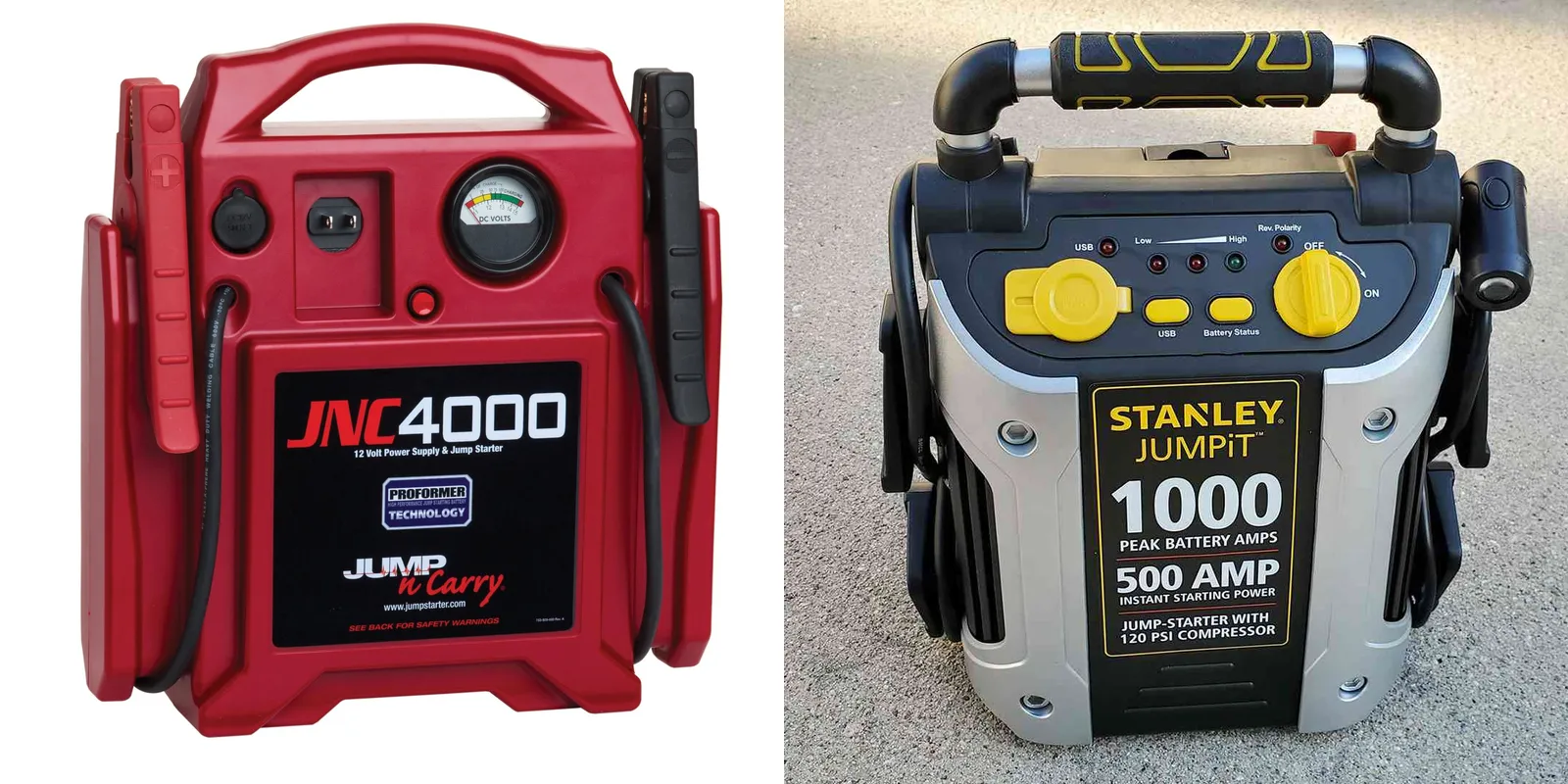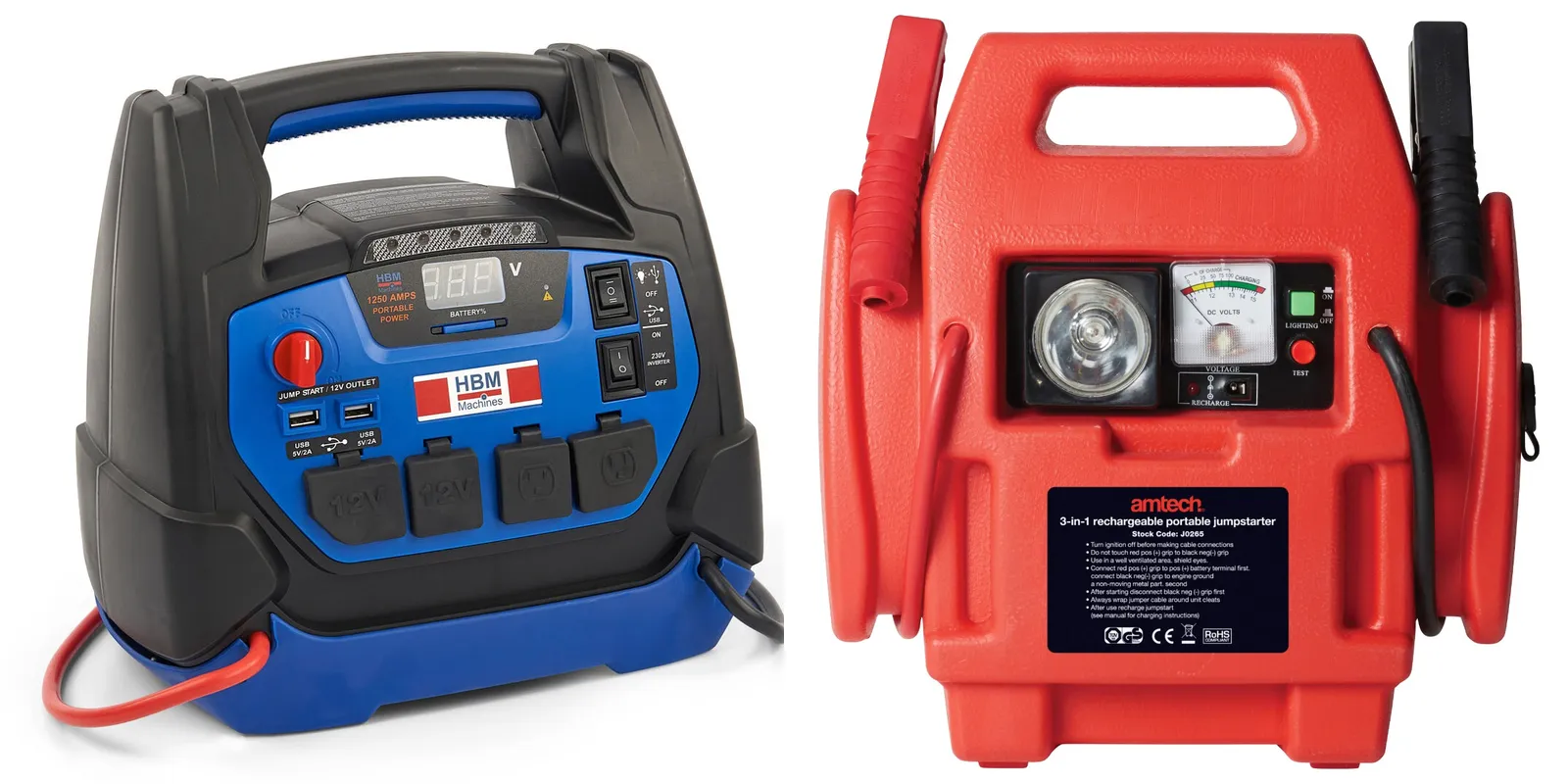Bad starters can be a big headache for car owners. Not only do they often result in a car not starting, but they can also be expensive to fix. So, can you jump start a car with a bad starter?
Explain what a starter does and how it affects the car’s ability to start
A starter is a component of most cars that kicks in when the battery is low and helps to power the car’s engine. It can also be used to start the car if it has been turned off by mistake or if the key has been removed from the ignition.
The starter is a key part of your car’s engine. It starts the engine by turning the crankshaft. If your starter is starting to wear out, it may not be able to turn the crankshaft quickly enough to start your car. This can cause problems with your car’s ability to start.
Understanding the Symptoms of a Bad Starter
List the common signs of a bad starter
If you ever notice your car not starting, you may be wondering if it’s because of a bad starter. Here is a list of the most common signs that a starter may be bad, and what to do if you find yourself with a car that won’t start.
- The starter cord is tangled or broken.
- The battery is low or dead.
- The oil pan is dirty or full of rust.
- The gearshift feels tight when shifted in any direction.
How a bad starter affects the car’s electrical system
One of the most common problems with the electrical system is a bad starter. When the starter motor doesn’t start the car, it can cause all sorts of problems with the car’s electrical system. First, the battery may not be able to provide enough power to the car’s other systems. Second, if the car’s electrical system is connected to the starter, the starter motor may not be able to turn it over. This can lead to a dead battery and even a car that won’t start at all.
If you’re having problems with your car’s electrical system, it’s important to take it in for a check-up. A bad starter can be a sign of bigger problems with the car, and a quick diagnosis can save you a lot of trouble.
The Science Behind Jump Starting a Car
Briefly explain how jump starting a car works
Jump starting a car is a quick and easy way to get it running again. All you need is a battery, a cable, and some common tools. Here’s how it works:
- Connect the battery to the car.
- Connect the other end of the cable to the battery.
- Start the car and hold down the gas pedal.
- Release the gas pedal as soon as the car starts.
- Keep the key in the ignition and turn it to the “on” position.
- Release the cables as soon as the car starts.

Role of the starter in the jump starting process
When starting a car, it is important to use the correct tool for the job. The starter is the most important tool for starting a car. The starter is a device that helps to start the car by providing an electric current.
The starter is a vital part of the jumpstarting process. When it comes to starting a car, the starter is the most important tool. The starter helps to provide an electric current to start the car. Without the starter, the car may not start.
The starter is a key part of the jumpstarting process. If the starter is not working, the car may not start. In order to ensure that the starter is working properly, it is important to use the correct tool for the job. The starter is a very important part of the jumpstarting process.
Can You Jump Start a Car with a Bad Starter?
Whether or not a car with a bad starter can be jump started
There is no one definitive answer to this question. Some people believe that a car with a bad starter can be jump started, while others believe that it is not possible. Ultimately, it depends on the specific car and its specific make and model.
Some factors that may influence whether or not a car with a bad starter can be jump started include the age of the car, the make and model of the car, and the condition of the battery. Older cars may not have the same technology as newer cars, and may not be able to be jump started. Certain make and models of cars may also have more difficult battery access than others.
If you are unsure whether or not your car can be jump started, it is best to consult a mechanic or a vehicle specialist.
The variables that determine whether or not a jump start will be successful
Jump starting a car is a common emergency procedure. The success of a jump start relies on a number of variables, including the voltage and amperage of the batteries, the make and model of the car, and the condition of the car’s alternator.
- The voltage and amperage of the batteries are the most important factors in jump starting a car. The higher the voltage, the stronger the electrical connection between the batteries and the car. The amperage is also important, because it determines how quickly the batteries can provide electricity to the car.
- The make and model of the car also play an important role in jump starting a car. Some cars have electrical systems that are different than other cars, and a jump start may not be successful on those cars.
- The condition of the car’s alternator is also important. If the alternator is broken, it will not be able to generate enough electricity to start the car.
Alternative methods for starting a car with a bad starter
If your car has a bad starter, there are a few different methods you can try to get it started. Here are a few of the most popular:
- Jumpstarting a car with a battery: If your car has a battery, you can try to jumpstart it by connecting the car’s battery to another battery. This can be done by using a jumper cable or a battery jumper box.
- Using a crank start: If your car doesn’t have a battery, you can try to use a crank start. To do this, you’ll need to attach a crank to the car and turn it until the car starts.
- Using the engine: If your car doesn’t have a battery or a crank start, you can try to use the engine to start it. To do this, you’ll need to turn the key to the “on” position and wait for the car to start.
Troubleshooting a Bad Starter
Discuss common causes of starter failure and how to prevent them
One of the most common problems that people experience with their car’s starter is the inability to get it to start. This can be caused by a number of different factors, and can often be difficult to troubleshoot. In this blog post, we’ll discuss some of the most common causes of starter failure and how to prevent them.
- Dirty Battery. One of the first things you should do if your car won’t start is check the battery. Make sure that it’s clean and free of debris. If the battery is dirty, it will not provide enough power to start the car.
- Faulty Starter. If the battery is clean and the car still won’t start, there’s a good chance that the starter is the problem. Check to see if there’s any debris or corrosion on the starter motor. If there is, it may be causing the car to not start.
- Faulty Wiring. If the battery and starter are both clean and the car still won’t start, it may be because of a faulty wiring connection. Check to see if there’s any loose or broken wires near the starter. If there are, it may be causing the car to not start.
- Broken Starter. If the battery, wiring, and motor are all clean and the car still won’t start, it may be because of a broken starter. Check to see if there’s any debris or corrosion on the motor. If there is, it may be causing the car to not start.
- Dead Battery. If none of the above solutions work, it may be because the battery is dead. If the car won’t start with a completely charged battery, it may be time to replace the battery.
Getting a Bad Starter Repaired
Importance of getting a bad starter repaired
A bad starter can be a major inconvenience for drivers. It can prevent your car from starting, and can even lead to more serious problems if not repaired. A bad starter can be caused by a number of factors, such as a worn or broken wire. If it’s not repaired, the bad starter can cause permanent damage to your car’s engine.
If you experience a problem with your car’s starter, it’s important to get it repaired as soon as possible. There are a number of options available, and it’s important to find one that’s right for your car.
Typical cost of repairing a starter
There is no one answer to this question as the cost of repairing a starter will vary depending on the make and model of the starter, the severity of the issue, and the location of the repair. However, in general, the cost of repairing a starter will range from around $50 to $200.
List some signs that may indicate a bad starter needs to be repaired
If your car starts with a strange noise, or if it lags behind in the acceleration process, you may be looking for signs that your starter needs to be repaired. If you’re not sure whether your starter is bad, here are some things to look out for:
- The sound of the starter motor running might be abnormal.
- The engine might miss a beat or stop on startup.
- The starter usually needs to be replaced if it’s been working sporadically for a while.

